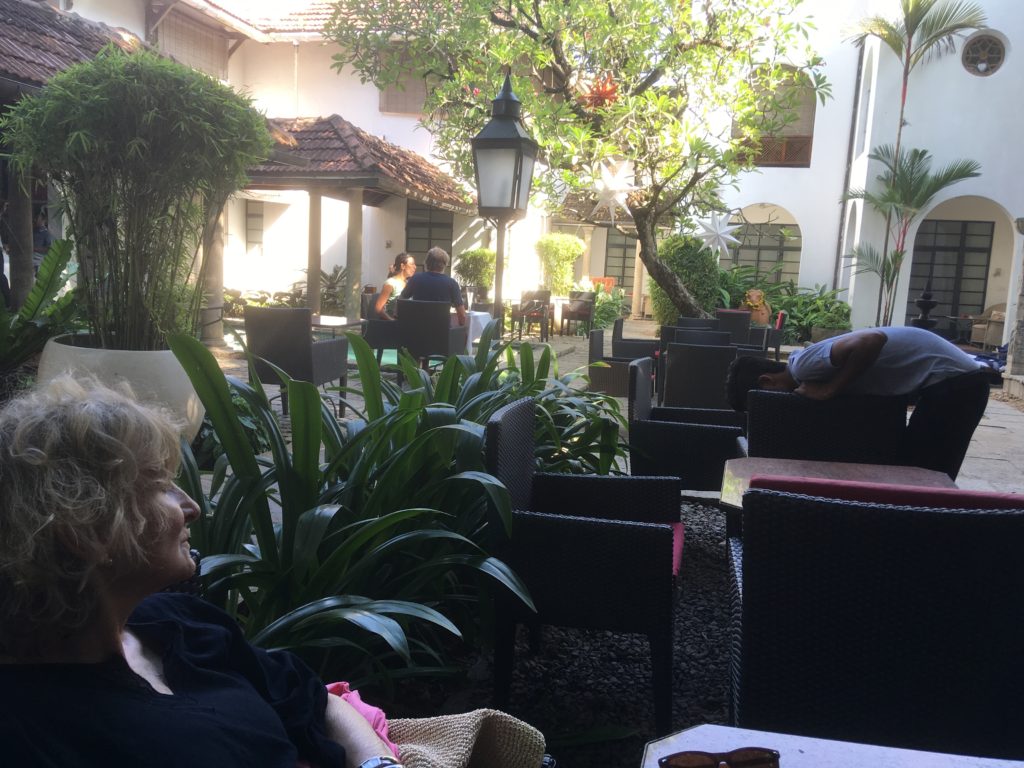Here on the Malabar coast we are quite definitely still in India, but it’s an India that has a cosmopolitan feel, having absorbed people from other worlds for a thousand years and more. Long before Vasco da Gama, helped by Arabs, landed north of Cochin in 1498 and established a sea route between India and Europe, so that the Portuguese and then the Dutch, grew rich from the spice trade, there were well established communities of Jews, Syriac Christians, who still have numerous churches, and Chinese. To this day, the nets of the Chinese fishermen can still be seen and many are in use. Even earlier, Greeks and Romans were here buying the fabled spices, cinnamon, cardamom and pepper, grown on the hills inland.
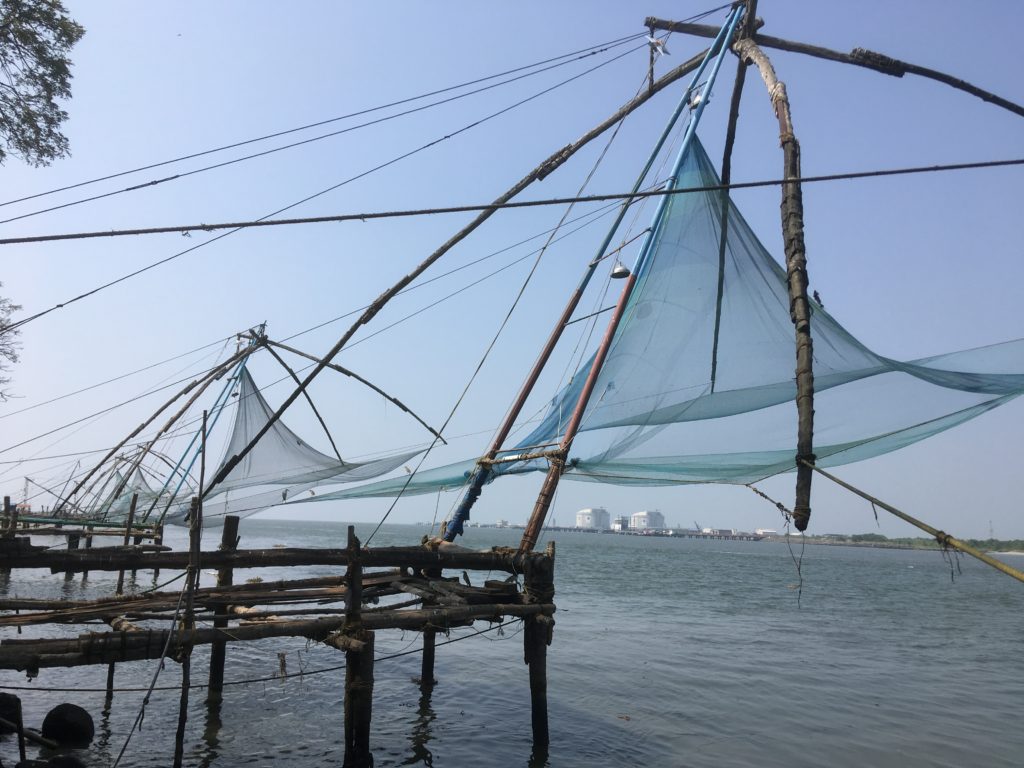

In a museum in the garden of the Bishop’s house is documented the history of the Portuguese presence and early Catholic communities in Cochin, and one can see the foundations of the original Fort that they were permitted to build for their trading settlement. In the Church of St Francis, built in the mid-16th century, replacing an earlier structure, is the virtually illegible tombstone of Vasco da Gama, who died here in 1524. His body was later removed to Lisbon. There are many Dutch tombstones marking the deaths of members of the Dutch East India Company in the 17th century. One can also see what appears to be a functioning punkah for keeping the congregation cool in the great heat.
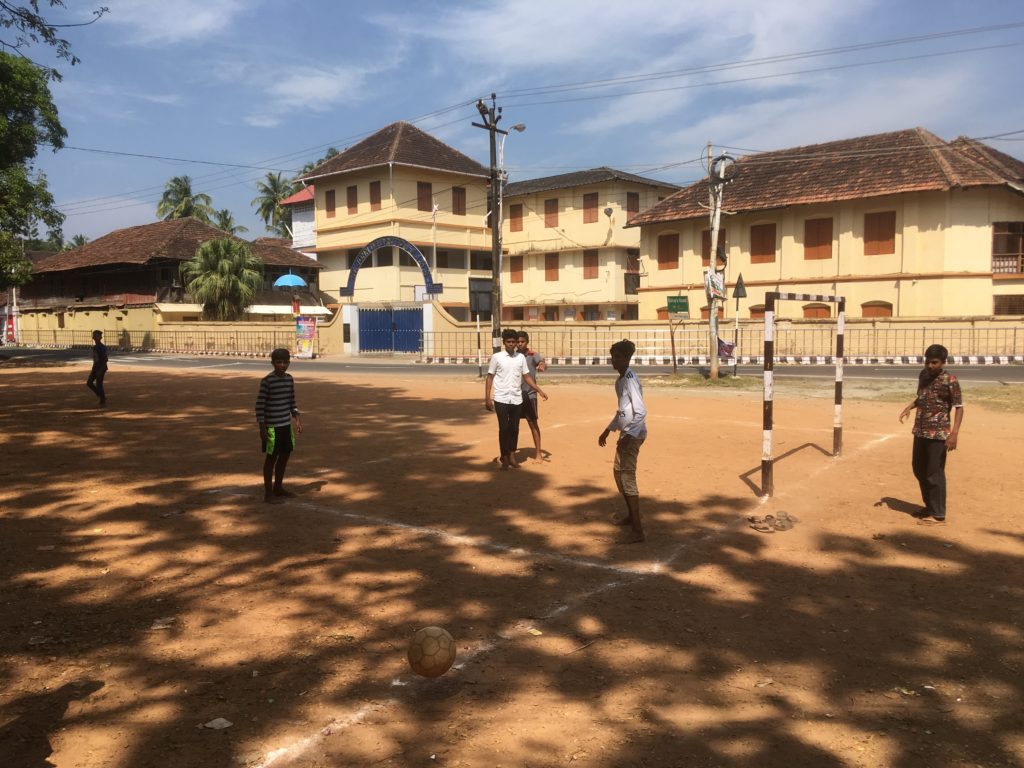
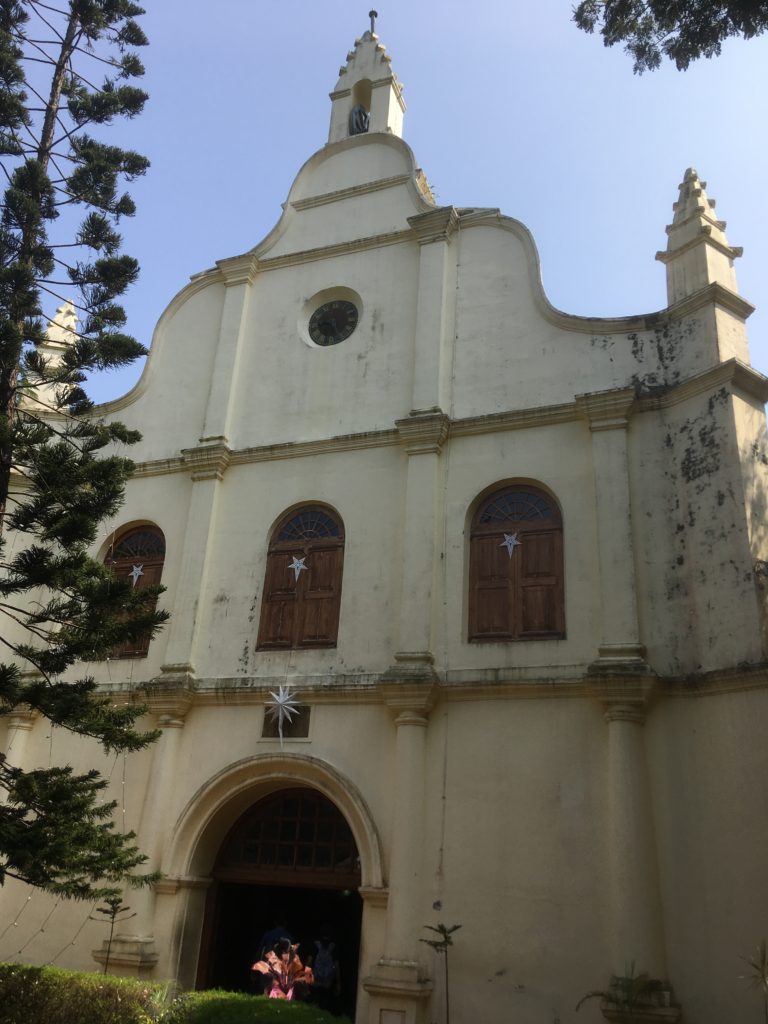
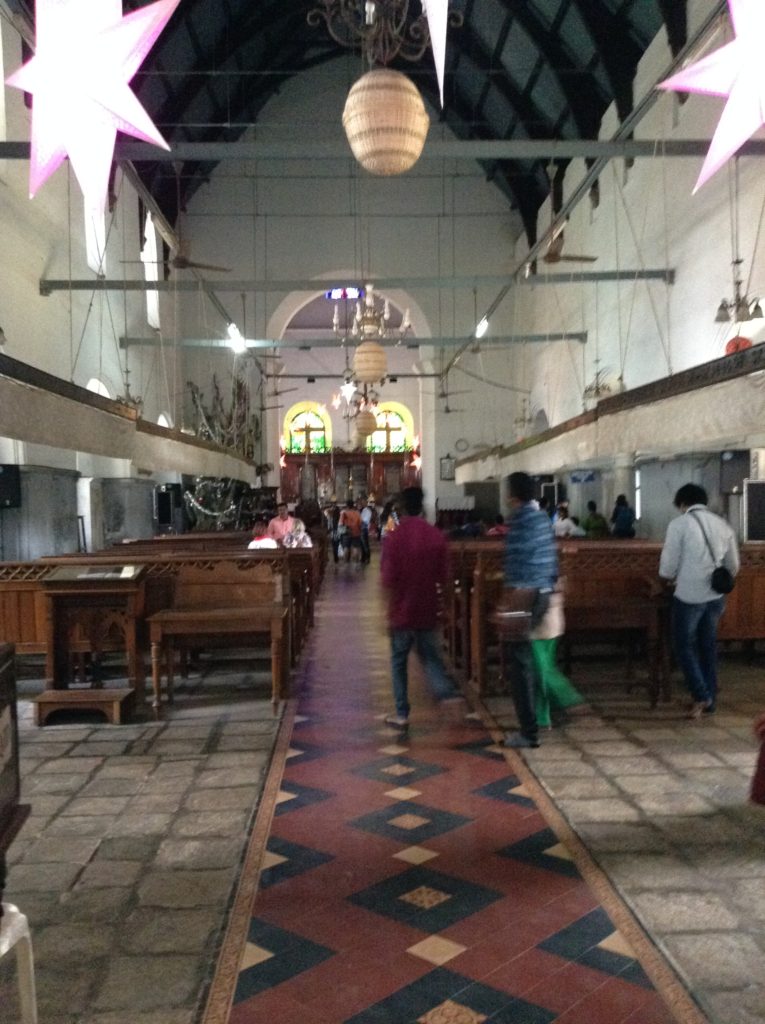
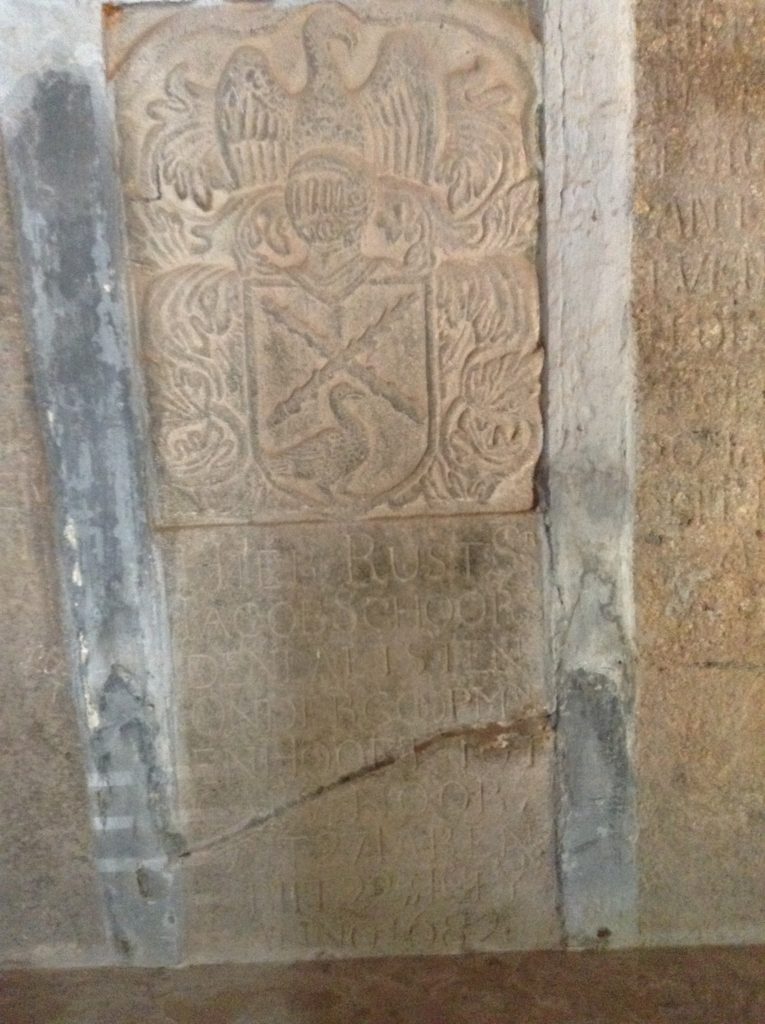

In the mid 16th century the Raja of Kochi was given the gift of a beautiful wooden palace by the Portuguese, which was renovated nearly a century later by the Dutch. There is a superb series of Hindu murals with scenes from the great Indian legends and one of them includes pictures of Europeans, just visible on the left side of the image below.
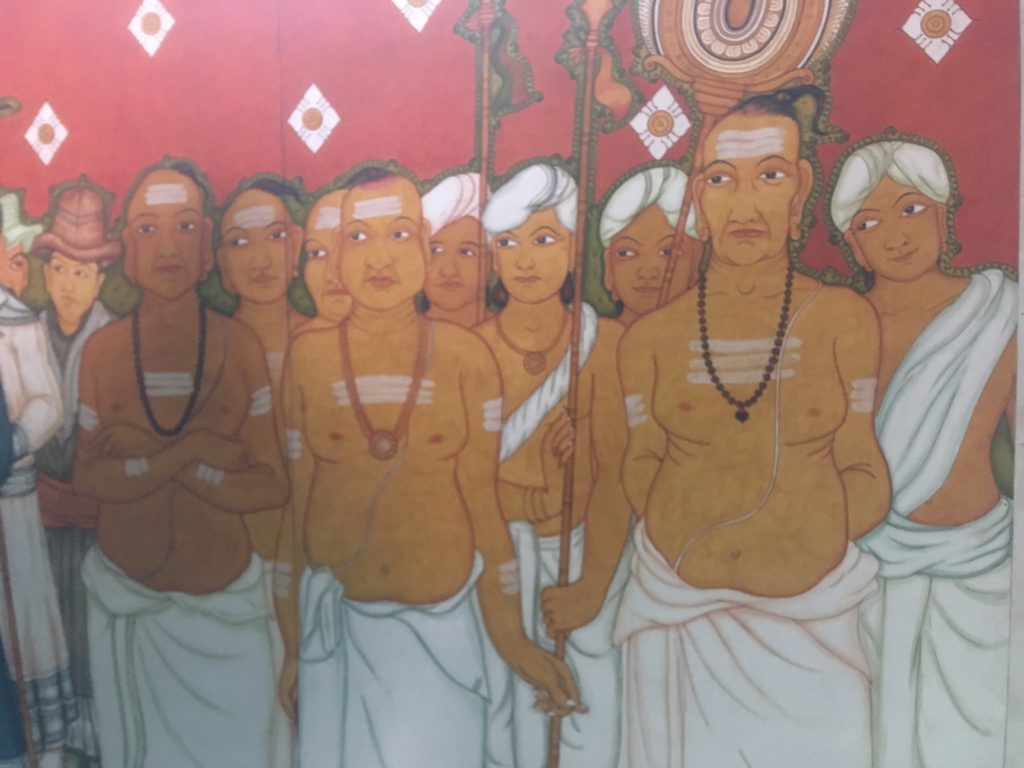
The nearby area of the old bazaar district was once the centre of the spice trade, but is now given over to tourism and a large array of shops seemingly all selling the same selection of pashminas, alabaster coasters, embroidered bags and joss sticks and interspersed by a few greengrocers, food and other useful shops
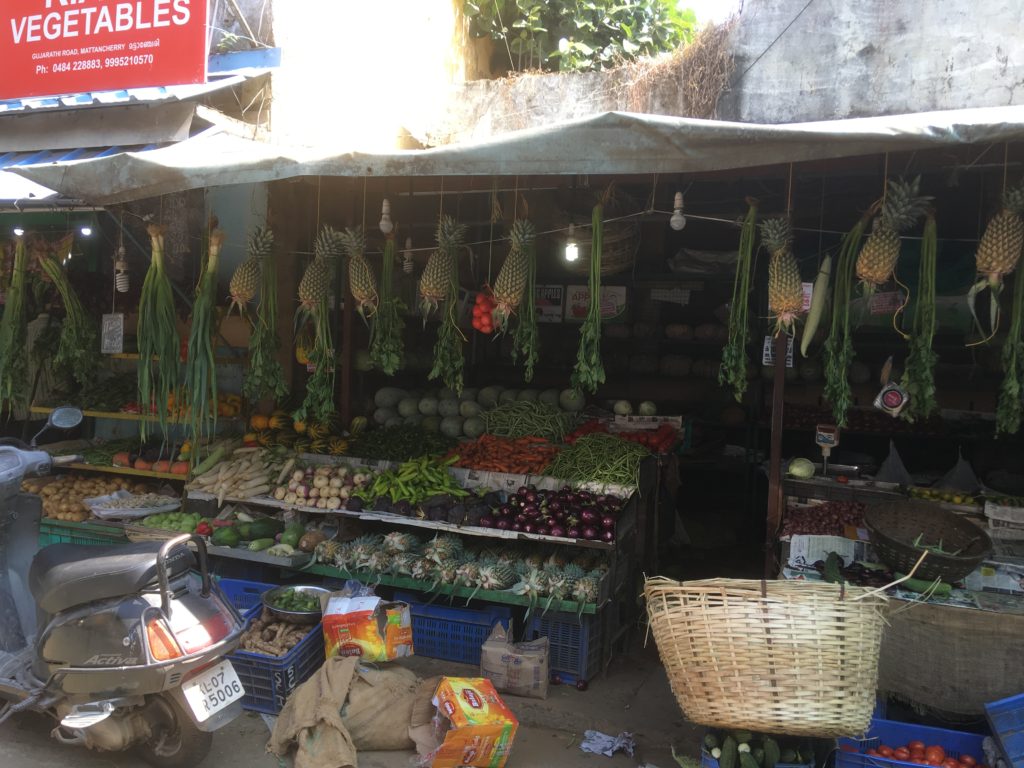
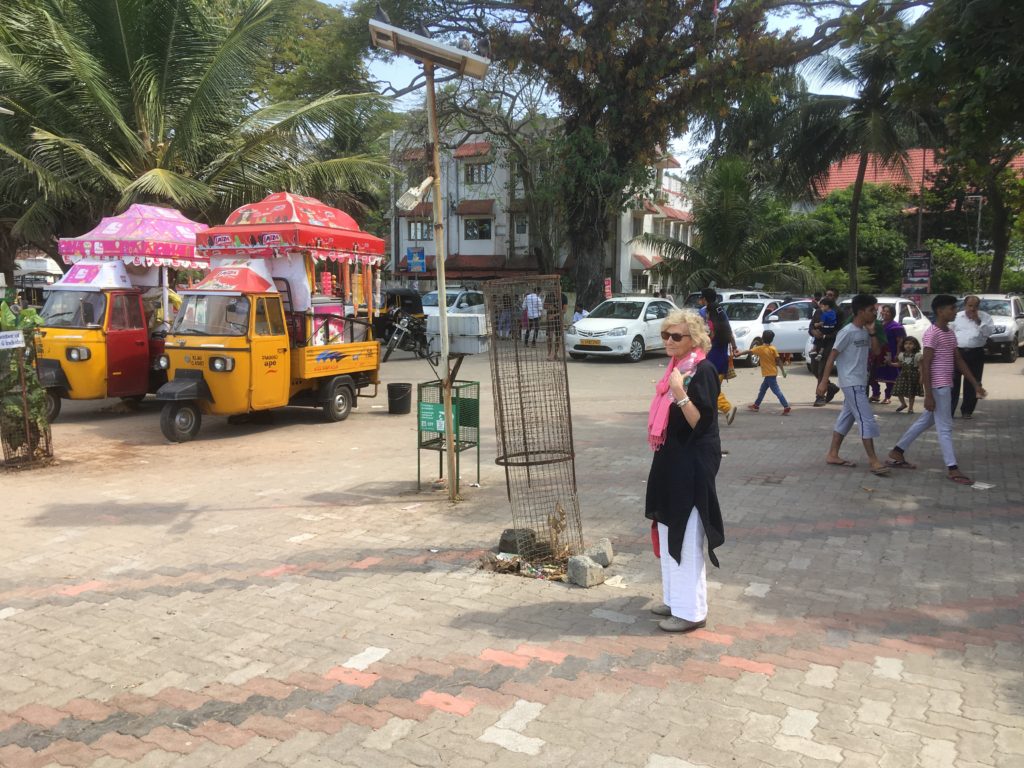
But round the corner hard work was being done by the dhobi wallahs in their specially built complex. They do all the laundry for the hotels and homestays in the area and it is an extraordinary sight to see manual labour on such a scale, when one considers how technically advanced India is and how high the literacy rate is in Kerala, the highest in India at just under 94%
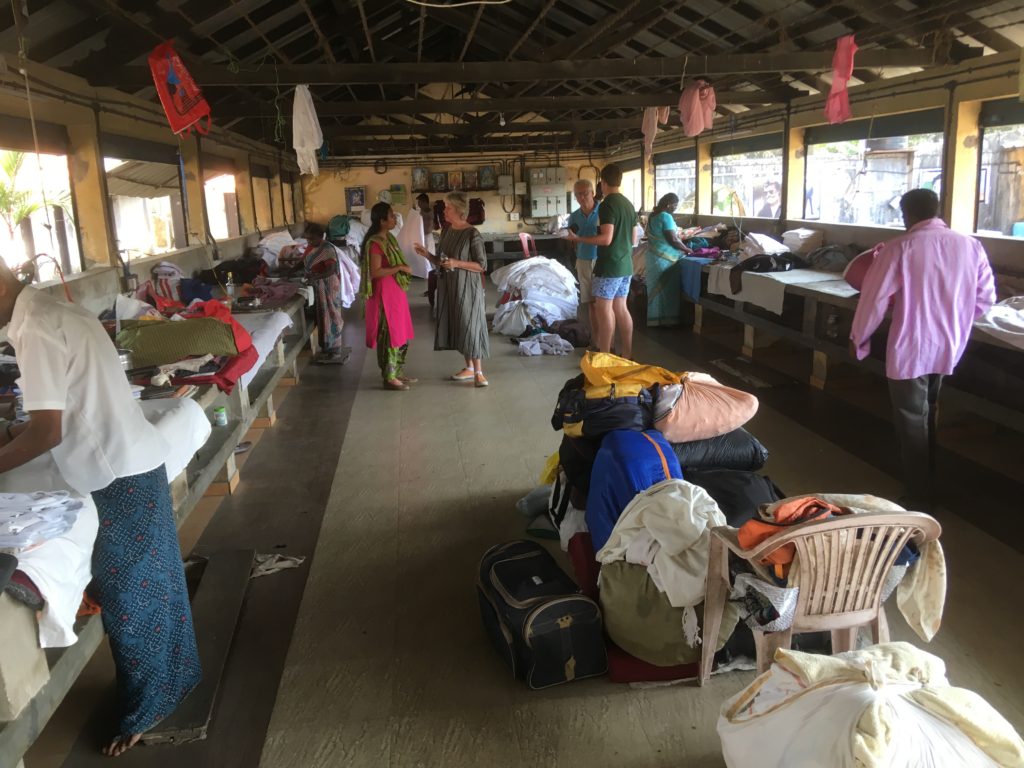
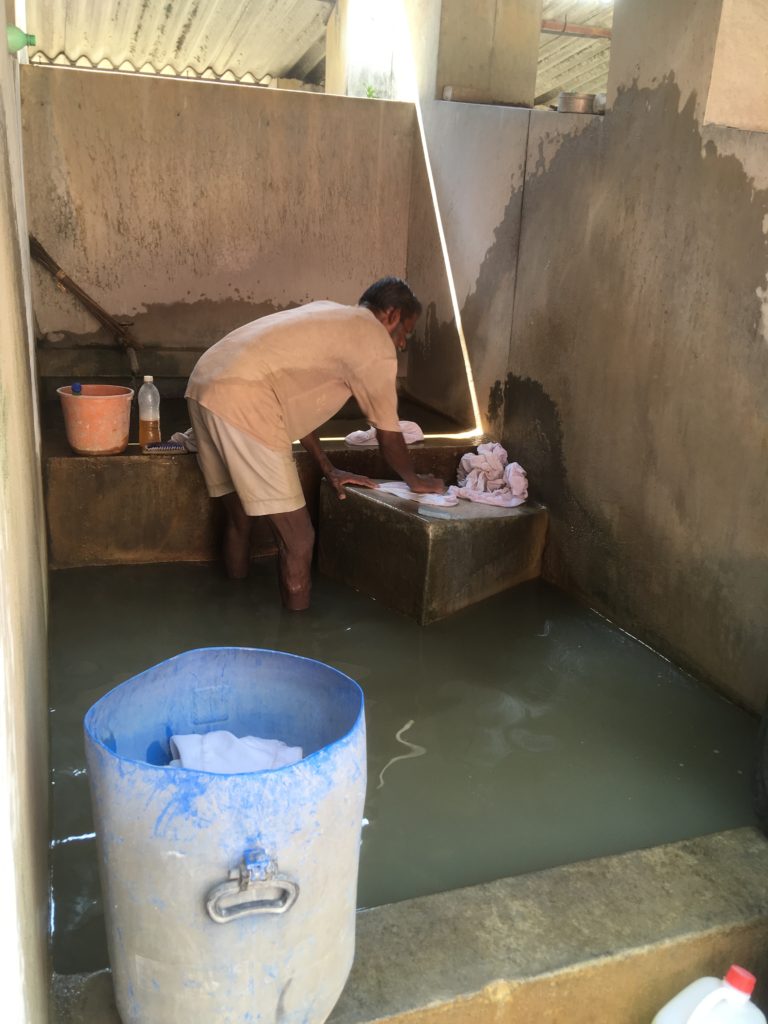

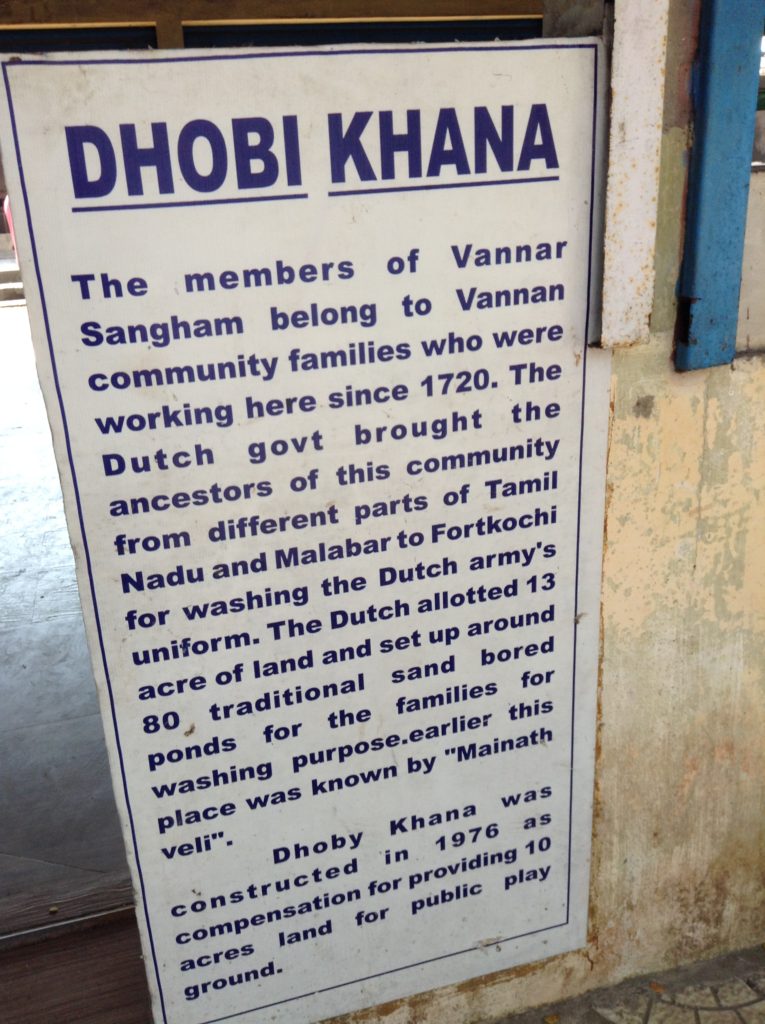
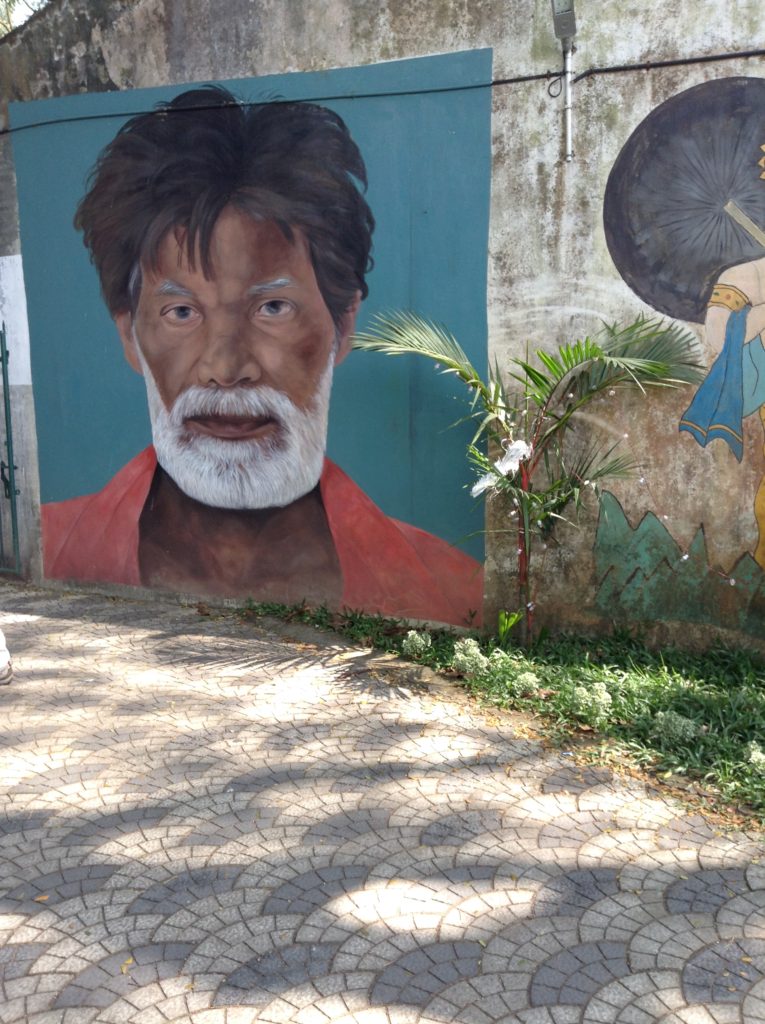
Later we enjoyed a light fusion meal at the elegant and beautiful Malabar Junction, a restored colonial house.